Synaptic proximity enables NMDAR signalling to promote brain metastasis
- PMID: 31534217
- PMCID: PMC6837873
- DOI: 10.1038/s41586-019-1576-6
Synaptic proximity enables NMDAR signalling to promote brain metastasis
Abstract
Metastasis-the disseminated growth of tumours in distant organs-underlies cancer mortality. Breast-to-brain metastasis (B2BM) is a common and disruptive form of cancer and is prevalent in the aggressive basal-like subtype, but is also found at varying frequencies in all cancer subtypes. Previous studies revealed parameters of breast cancer metastasis to the brain, but its preference for this site remains an enigma. Here we show that B2BM cells co-opt a neuronal signalling pathway that was recently implicated in invasive tumour growth, involving activation by glutamate ligands of N-methyl-D-aspartate receptors (NMDARs), which is key in model systems for metastatic colonization of the brain and is associated with poor prognosis. Whereas NMDAR activation is autocrine in some primary tumour types, human and mouse B2BM cells express receptors but secrete insufficient glutamate to induce signalling, which is instead achieved by the formation of pseudo-tripartite synapses between cancer cells and glutamatergic neurons, presenting a rationale for brain metastasis.
Conflict of interest statement
The authors declare no competing interests.
Figures
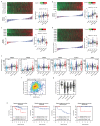
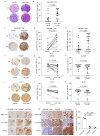


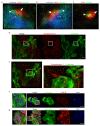
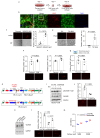





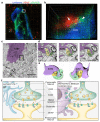

Comment in
-
Dangerous liaisons as tumour cells form synapses with neurons.Nature. 2019 Sep;573(7775):499-501. doi: 10.1038/d41586-019-02746-7. Nature. 2019. PMID: 31551543 No abstract available.
-
Contact with the enemy.Nat Rev Neurosci. 2019 Dec;20(12):716-717. doi: 10.1038/s41583-019-0230-5. Nat Rev Neurosci. 2019. PMID: 31575987 No abstract available.
-
Tumour cells co-opt synaptic signalling.Nat Rev Cancer. 2019 Dec;19(12):663. doi: 10.1038/s41568-019-0217-6. Nat Rev Cancer. 2019. PMID: 31595057 No abstract available.
References
Publication types
MeSH terms
Substances
Grants and funding
LinkOut - more resources
Full Text Sources
Medical
Miscellaneous

